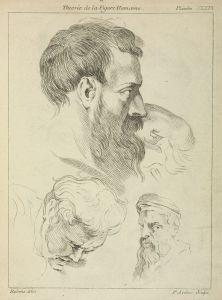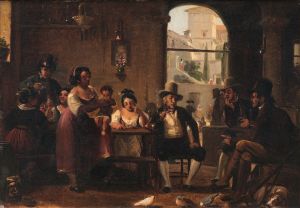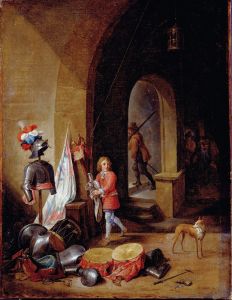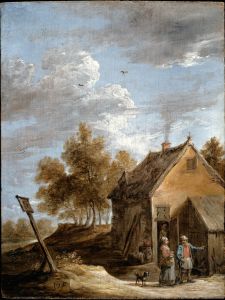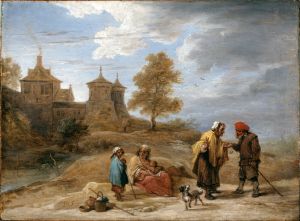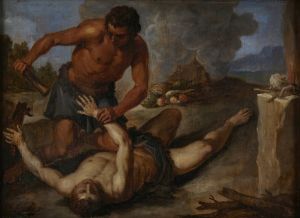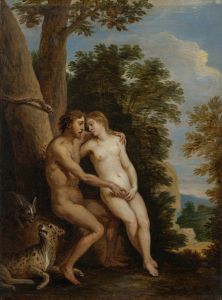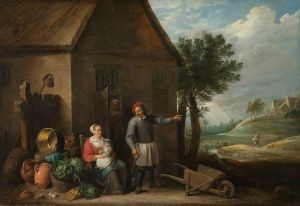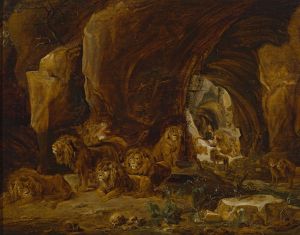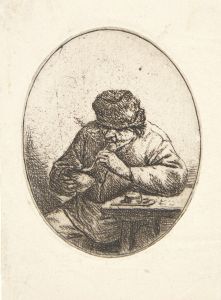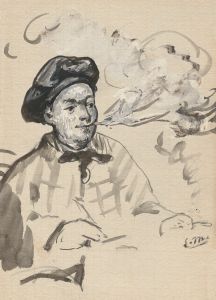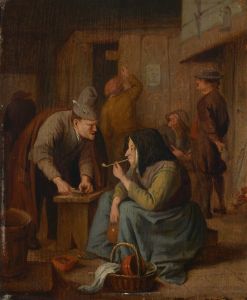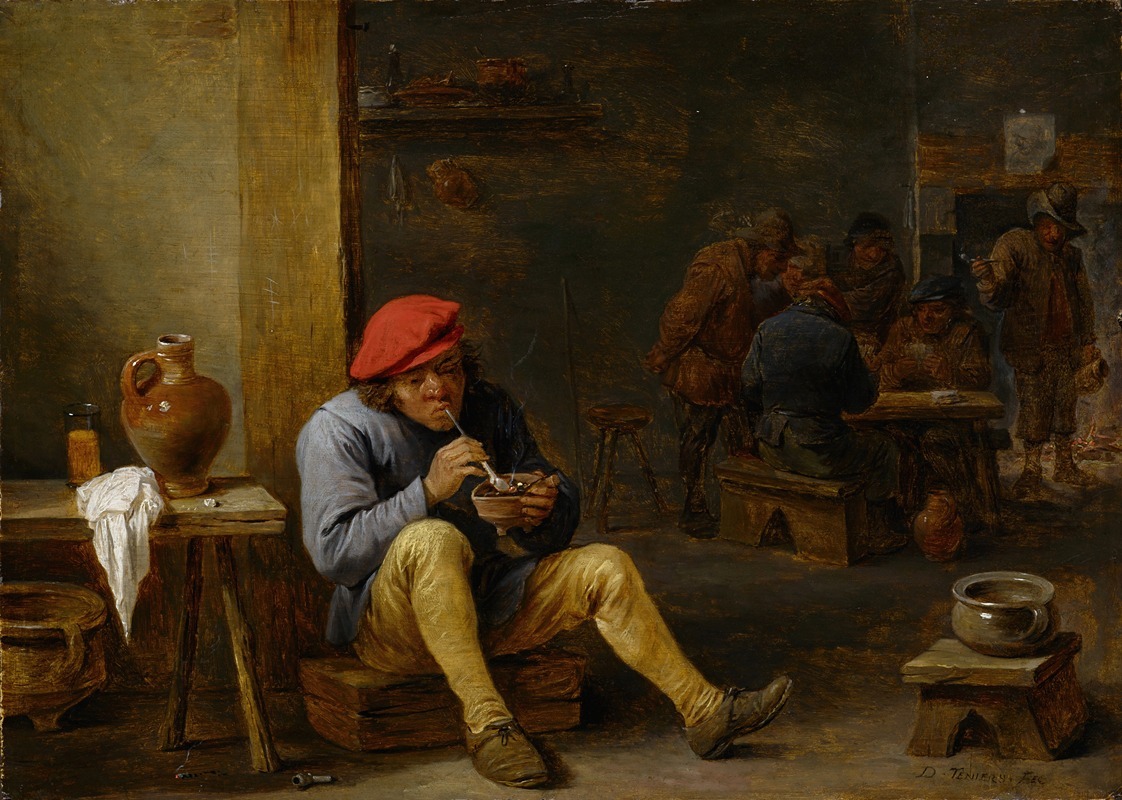
Farmer in a Tavern, Lighting his Pipe
A hand-painted replica of David Teniers The Younger’s masterpiece Farmer in a Tavern, Lighting his Pipe, meticulously crafted by professional artists to capture the true essence of the original. Each piece is created with museum-quality canvas and rare mineral pigments, carefully painted by experienced artists with delicate brushstrokes and rich, layered colors to perfectly recreate the texture of the original artwork. Unlike machine-printed reproductions, this hand-painted version brings the painting to life, infused with the artist’s emotions and skill in every stroke. Whether for personal collection or home decoration, it instantly elevates the artistic atmosphere of any space.
David Teniers the Younger was a prominent Flemish painter in the 17th century, known for his genre scenes, landscapes, and depictions of peasant life. One of his works, "Farmer in a Tavern, Lighting his Pipe," exemplifies his skill in capturing the everyday life and social interactions of common people during this period. Teniers was born in Antwerp in 1610 and was the son of David Teniers the Elder, also a painter. He was trained by his father and later became a master in the Antwerp Guild of Saint Luke in 1632.
"Farmer in a Tavern, Lighting his Pipe" is a genre painting, a category that Teniers excelled in. Genre paintings depict scenes from everyday life, often highlighting the customs, habits, and social dynamics of the time. Teniers was particularly adept at portraying the rustic charm and lively atmosphere of taverns, inns, and rural gatherings. His works are characterized by their attention to detail, vibrant colors, and the ability to convey a narrative through the depiction of ordinary people engaged in common activities.
In this painting, Teniers captures a moment in a tavern where a farmer is in the process of lighting his pipe. The setting is typical of Teniers' work, featuring a cozy, dimly lit interior that invites the viewer into the scene. The composition is carefully arranged to draw attention to the central figure, the farmer, who is depicted with a sense of realism and individuality. Teniers' use of light and shadow adds depth to the scene, highlighting the textures of the farmer's clothing and the rustic furnishings of the tavern.
The painting reflects the social and cultural context of 17th-century Flanders, where taverns were important social hubs for people of all classes. They were places where individuals could gather, share news, and enjoy leisure time. Teniers' depiction of the farmer lighting his pipe not only captures a common activity but also conveys a sense of relaxation and camaraderie that was typical of such settings.
Teniers' ability to portray the subtleties of human expression and interaction is evident in this work. The farmer's focused expression as he lights his pipe suggests a moment of personal reflection or contemplation. This attention to the psychological aspects of his subjects is a hallmark of Teniers' genre paintings, which often go beyond mere representation to explore the inner lives of the people he depicted.
Throughout his career, Teniers enjoyed considerable success and recognition. He served as the court painter to Archduke Leopold Wilhelm of Austria, the governor of the Spanish Netherlands, and was instrumental in organizing the archduke's extensive art collection. Teniers' influence extended beyond his lifetime, as his works were highly sought after by collectors and inspired subsequent generations of artists.
"Farmer in a Tavern, Lighting his Pipe" is a testament to Teniers' mastery of genre painting and his ability to capture the essence of 17th-century Flemish life. Through his detailed and lively depictions of everyday scenes, Teniers provides a window into the past, allowing modern viewers to connect with the people and culture of his time.





